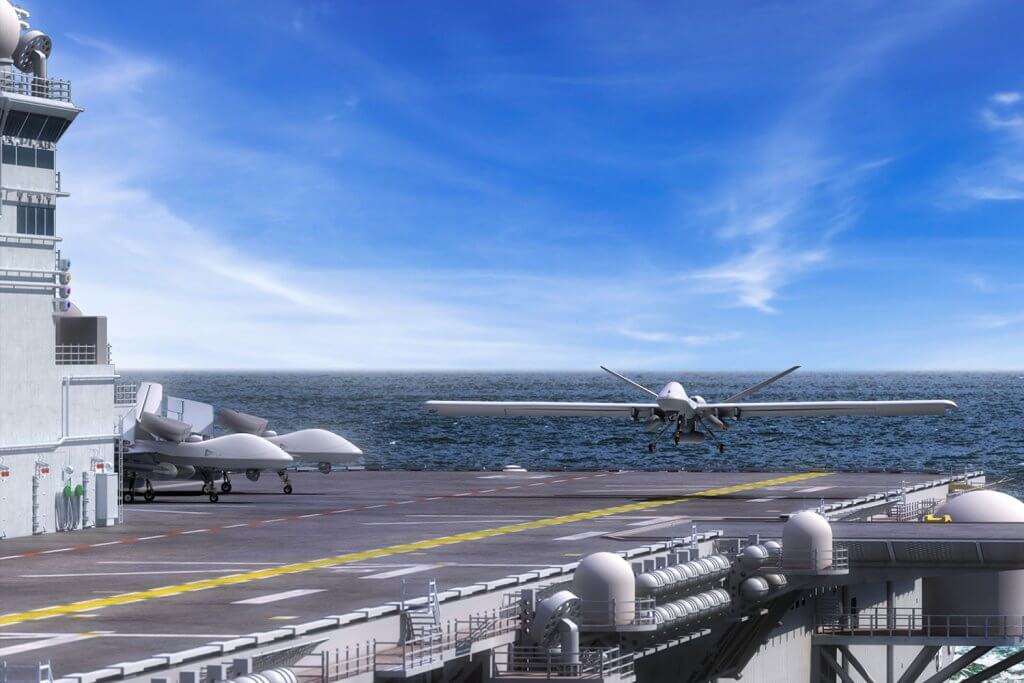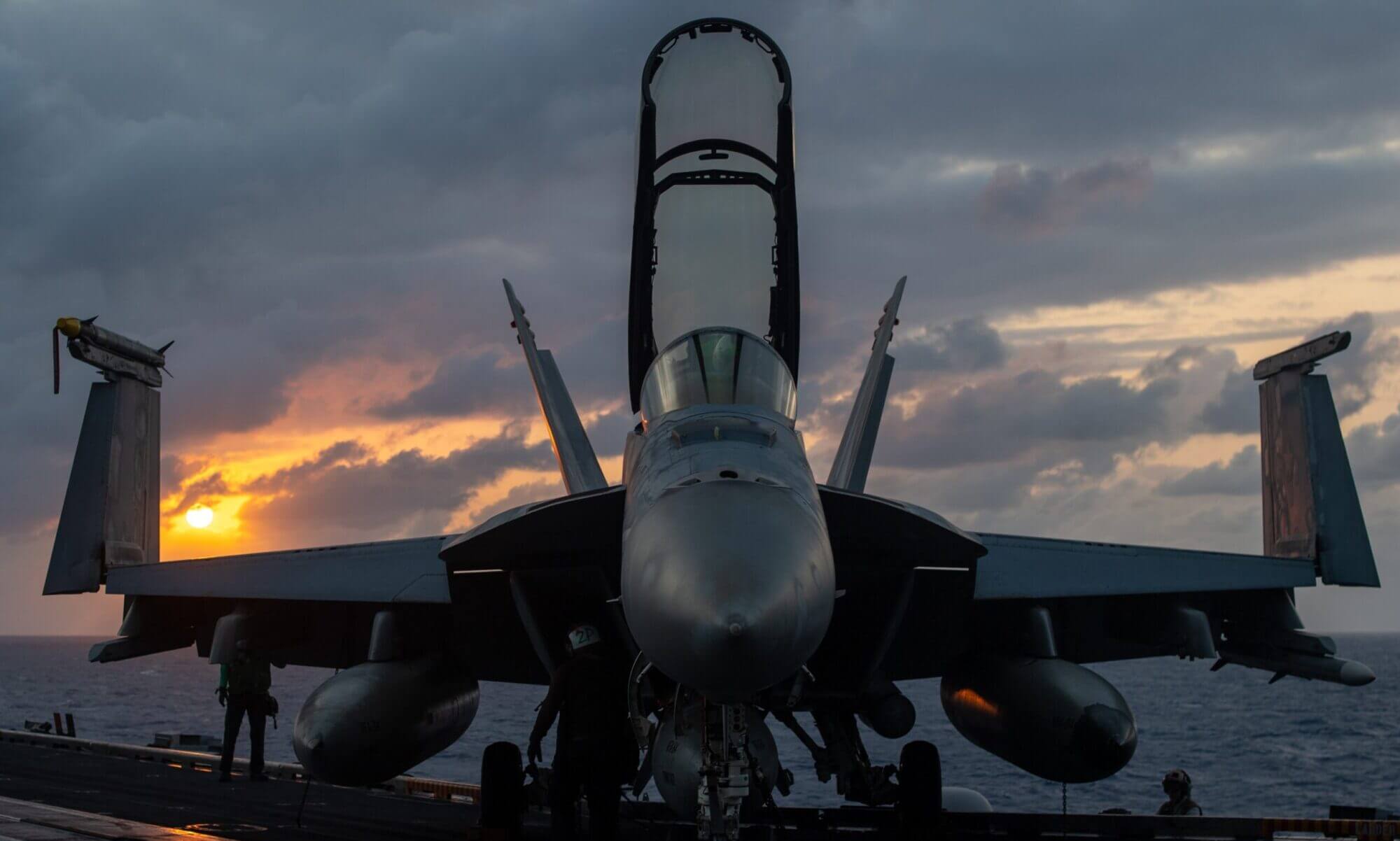
Introduction
In last week’s blog post, we introduced Project 33 as the U.S. Navy’s ambitious plan to prepare for the challenges of the future. This initiative, laid out in Admiral Franchetti’s Navigation Plan, is not just a strategy for modernization—it’s a call to action for all Americans to support our Navy in remaining the world’s leading maritime force. In this first installment of our series, we’ll explore one of the most exciting aspects of Project 33: the integration of robotic and autonomous systems, which promises to transform naval operations and maintain our edge in an ever-evolving threat landscape.
The Role of Robotics and Autonomous Systems in Modern Warfare
The integration of robotics and autonomous systems represents a game-changer for naval operations. These technologies will allow the Navy to extend its reach, increase efficiency, and reduce risks to personnel. As we face increasingly complex and multi-domain threats, the ability to leverage unmanned platforms is no longer a luxury—it’s a necessity.
Project 33 aims to transition from experimentation to the full operationalization of these systems, moving beyond mere testing to implementing them in real-world missions. This means that by 2027, robotic and autonomous systems will be routine assets in every deploying Carrier and Expeditionary Strike Group, expanding our capabilities and ensuring we remain a formidable force.
Examples of Robotics and Autonomous Systems in Action
- Unmanned Underwater Vehicles (UUVs): These advanced underwater drones can perform a variety of missions, such as mine detection, surveillance, and reconnaissance, without putting sailors in harm’s way. Their ability to operate stealthily and for extended periods makes them invaluable in contested environments.
- Unmanned Surface Vehicles (USVs): USVs can conduct patrols, surveillance, and even act as decoys in combat scenarios. By augmenting manned ships, they help extend the Navy’s operational reach and provide real-time data, giving commanders a clearer picture of the battlespace.
- Autonomous Aerial Systems: From unmanned helicopters to drones that can refuel fighter jets mid-air, autonomous aerial systems offer a level of flexibility and adaptability that enhances the Navy’s ability to respond to emerging threats. These systems are already being tested in refueling operations, demonstrating how they can extend the operational range of manned aircraft.
Why This Matters for Our Navy and Nation
The integration of robotic and autonomous systems isn’t just about adding new technology—it’s about fundamentally changing how we fight and win. These systems allow the Navy to:
- Operate in high-risk environments without endangering personnel.
- Extend mission endurance and reach, providing more extensive surveillance and intelligence-gathering capabilities.
- Multiply the effectiveness of our manned forces, enabling a single ship or aircraft to have a far greater impact on the battlespace.
Project 33’s Vision: Leading with Innovation
Admiral Franchetti’s vision for Project 33 is clear: by embracing cutting-edge technologies like robotics and autonomous systems, the Navy will maintain its advantage in an increasingly contested maritime environment. This is not just about keeping up with our adversaries—it’s about outpacing them.
Project 33 recognizes that technological superiority is a critical component of naval readiness. The ability to leverage AI-driven platforms and autonomous systems will ensure that our Navy remains agile, responsive, and capable of meeting any threat, anywhere in the world.
How You Can Support This Effort
It’s easy to see robotics and autonomous systems as distant or futuristic, but their successful integration into our Navy depends on the support of every American. Whether it’s advocating for necessary funding, educating others about the importance of naval readiness, or simply taking pride in the incredible innovation happening within our armed forces, your support is crucial.
Conclusion
The integration of robotics and autonomous systems under Project 33 represents the cutting edge of naval warfare. It’s a testament to the Navy’s commitment to remaining a leader in technological innovation and its readiness to face the challenges of the future. As we continue this series, we’ll explore other aspects of Project 33 and how they collectively contribute to building a stronger, more capable Navy.
Together, let’s rally behind our sailors and ensure they have the tools they need to protect our nation and defend freedom on the world’s oceans.

